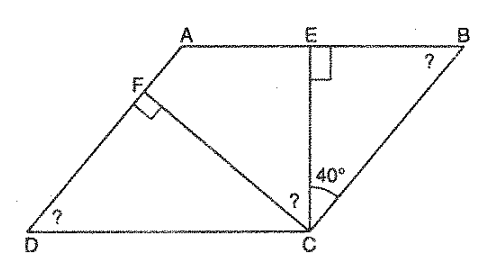Diakinesis is marked by
Fromation of chiasmata
Terminalisation of chiasmata
Crossing over
Nuclear membrane persist
The correct Answer is:B
Step-by-Step Solution:
1. Understanding Diakinesis: Diakinesis is the final stage of prophase I in meiosis. It follows the stages of leptotene, zygotene, pachytene, and diplotene.
2. Role of Chiasmata: During the earlier stages of prophase I, particularly in the diplotene stage, crossing over occurs, leading to the formation of chiasmata. Chiasmata are the points where homologous chromosomes exchange genetic material.
3. Termination of Crossing Over: In diakinesis, the crossing over that began in the earlier stages is completed. This means that the chiasmata are still present but are about to be resolved.
4. Separation of Homologous Chromosomes: As diakinesis progresses, the homologous chromosomes, which are held together by the chiasmata, begin to separate. This separation is a key event that indicates the end of the crossing over process.
5. Key Markers of Diakinesis: The main markers of diakinesis include:
- The presence of fully formed chiasmata.
- The chromosomes becoming more condensed and visible under a microscope.
- The nuclear envelope breaking down, preparing for metaphase.
6. Conclusion: Therefore, diakinesis is marked by the termination of chiasmata formation and the completion of crossing over, leading to the separation of homologous chromosomes.
Final Answer: Diakinesis is marked by the termination of chiasmata and completion of crossing over.
---
- The presence of fully formed chiasmata.
- The chromosomes becoming more condensed and visible under a microscope.
- The nuclear envelope breaking down, preparing for metaphase.
Topper's Solved these Questions
Similar Questions
Knowledge Check
Diakinesis represents :-
Atransition to prophaseBtransition to metaphaseCtransition to anaphaseDtransition to telophaseFor viewing diakinesis which one of the following would be a suitable material
AOnion root tipBLeaf of DichanthiumCRat tailDFlower bud.At diakinesis, a meiocyte has ten pairs of chromosomes. The chromosomes number expected in each nucleus is, therefore,
Aten at the end of I division and 5 at the end of 11 divisionBten at the end of I division and ten at the end of second divisionCfive at the end of I division and 5 at the end of second divisionD20 at the end of I division and ten at the end of second division
Chromatids become clear only during diakinesis of prophase-I.
View SolutionProphase of the first meiotic division is typically longer on complex. It is subdivided into 5 phases , leptotene, zygotene, pachytene,diplotene and diakinesis. Which of the following statements is not correct of these phases ?
View SolutionProphase of the first meiotic division is typically longer on complex. It is subdivided into 5 phases , leptotene, zygotene, pachytene,diplotene and diakinesis. Which of the following statements is not correct of these phases ?
View SolutionFind the angles marked with a question mark shown in Figure:

View SolutionAt diakinesis, a meiocyte has ten pairs of chromosomes. The chromosomes number expected in each nucleus is, therefore,
View Solution
